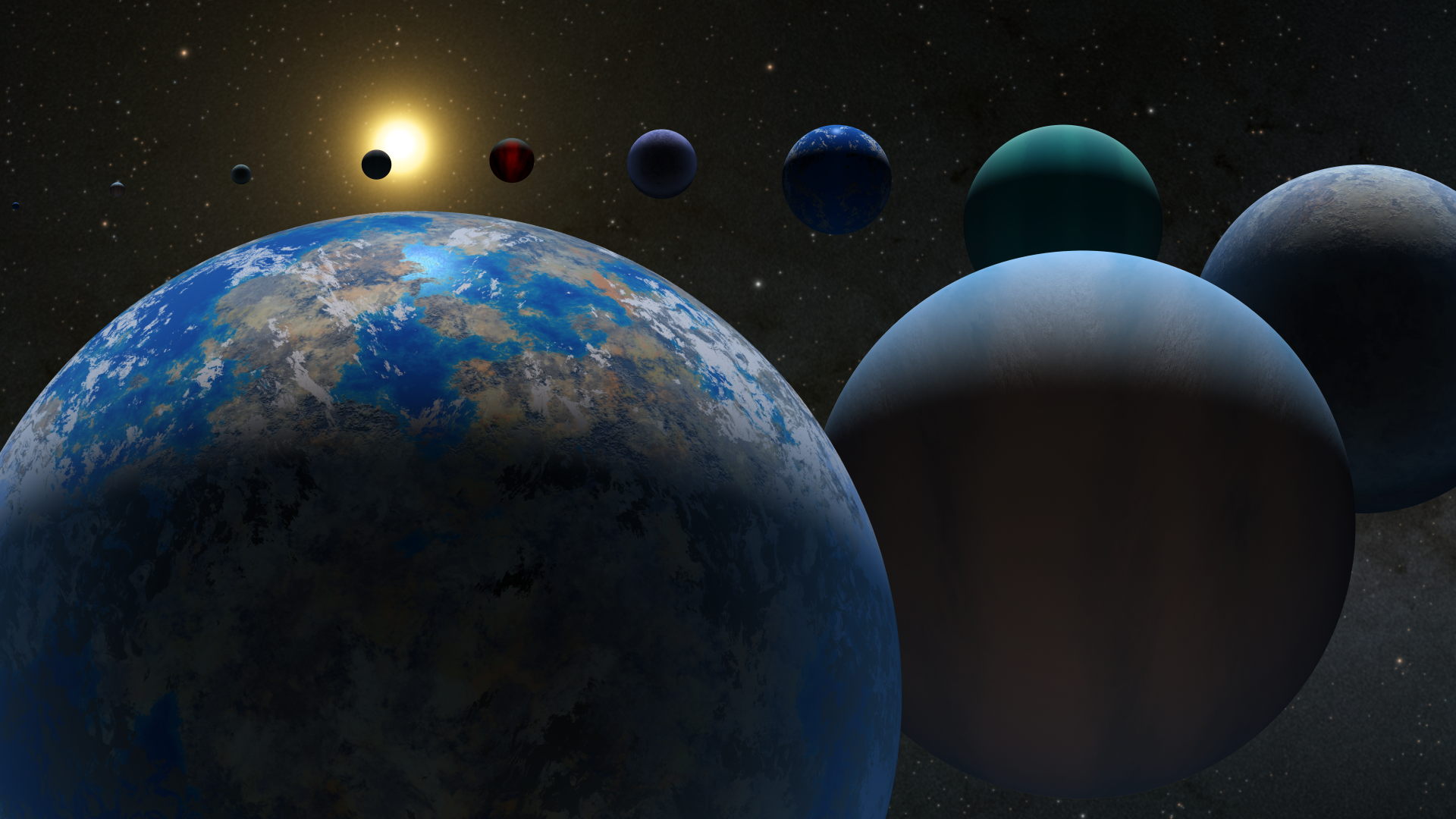
In other star systems, super-Earths are rather common, but what if one suddenly materialized in our solar system? The findings of research that explored the possibility of a super-Earth in our solar system were somewhat unsettling. Scientists have identified a gap between Mars and Jupiter, therefore in an effort to close it, they have proposed a fantastic super-Earth.
The super-Earth would have an impact on Earth’s orbit that would modify the form of the planet and make it less habitable overall
The arrival of a massive super-Earth will bring about Earth’s demise and the extinction of all life on our planet, according to research from the University of California, Riverside. According to the study, certain extremely terrifying possibilities might arise in the event that an exoplanet enters our solar system. A super-Earth will probably toss Earth, Mercury, and Venus into the Sun or leave us wandering in interstellar space.
The super-Earth would have an impact on Earth’s orbit that would modify the form of the planet and make it less habitable overall. A super-Earth will have an impact on other planets in addition to Earth. These exoplanets, which can range in size from 1.5 to 10 times that of Earth, have the power to destroy larger planets like Uranus or Neptune, causing them to be expelled from the solar system.
The study was published in the Planetary Science Journal. Stephen Kane, a professor of planetary astrophysics at the University of California Riverside and author of the study says, these imaginary super-Earths can “provide important insights into the question of how typical our solar system architecture and evolution is compared with other planetary systems”.
The researchers tried to understand the gap in the size of our planet and Neptune
The researchers tried to understand the gap in the size of Earth and Neptune, which is four times wider and 17 times more massive than Earth. Super-Earths fall in between the size of these planets and can potentially fill that gap. “In other star systems, there are many planets with masses in that gap. We call them super-Earths. Planetary scientists often wish there was something between those two planets. It seems like wasted real estate,” Kane said in a press statement.
The researchers ran dynamic simulations of a fictional planet between Mars and Jupiter and reported how that might affect the orbits of other planets. “This fictional planet gives a nudge to Jupiter that is just enough to destabilize everything else. Despite many astronomers having wished for this extra planet, it’s a good thing we don’t have it,” said Kane.
Some scientists think the solar system most likely contains a super-Earth that is located roughly 20 times further from the Sun than Neptune. Weird gravitational effects seen in the outer solar system have led to the development of this theory. This alleged planet, known as Planet Nine, might be a massive super-Earth. Nobody is certain, though, that it exists.
